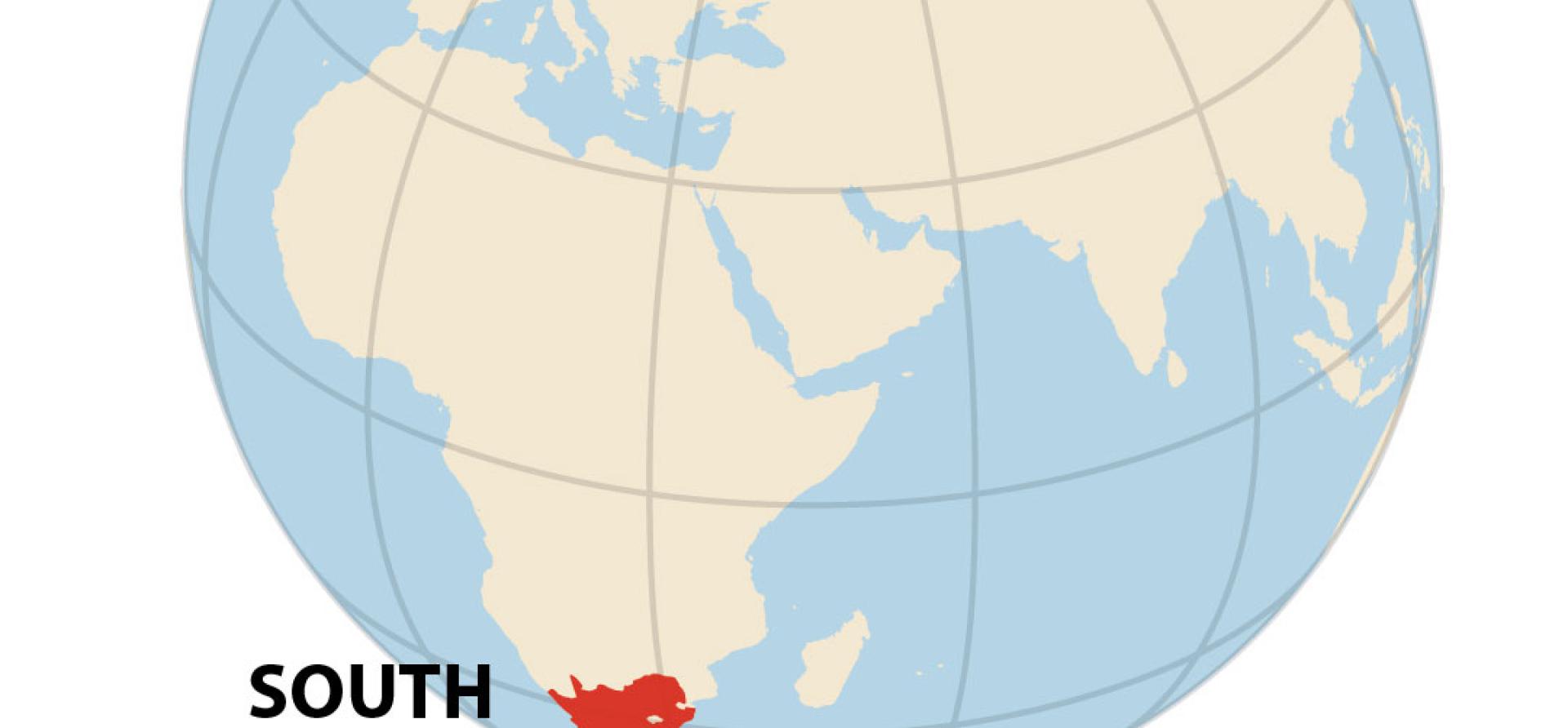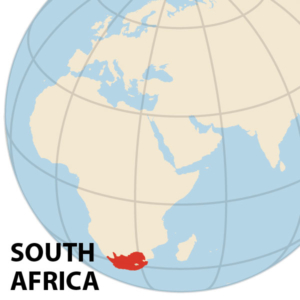IEEFA update: Bad weather and falling demand put a damper on South Africa’s coal exports

 Exports out of South Africa’s main coal terminal have declined for the second year running to the lowest level in five years, as weather events and the energy transitions of major export customers affected operations.
Exports out of South Africa’s main coal terminal have declined for the second year running to the lowest level in five years, as weather events and the energy transitions of major export customers affected operations.
Richards Bay Coal Terminal (RBCT) chair Nosipho Siwisa-Damasane said recently the past year had been tough, with coal exports dropping 2% to 72.15-million tons in 2019, well below the targeted 77-million tons.
Among the difficulties RBCT faced during 2019 was a higher incidence of bad weather. The terminal lost 39 days of loading, compared with 36 in 2018. And the 2018 figure was already higher than the previous year’s. Siwisa-Damasane noted that higher levels of weather-related disruption will likely be the “new norm” in future.
More weather-related disruptions will likely become the “new norm” in future
SA wasn’t the only country to see the coal industry hit by extreme weather in 2019. The severe Australian bush fires — made worse by climate change — have led to reduced coal production by BHP and Whitehaven Coal due to poor air quality and mineworkers taking time off to defend their homes or serve as firefighters.
CLIMATE CHANGE-INDUCED WEATHER DISRUPTIONS WILL CONTINUE TO AFFECT COAL INDUSTRY OPERATIONS AROUND THE WORLD in future. In September, the Institute for Energy Economics and Financial Analysis (IEEFA) launched a report that highlighted the headwinds likely to be faced by SA coal exporters in the long term. Since then, the risks to the industry have only increased.
In addition to an overall decline in exports, RBCT became even more dependent on Asia in 2019 as European coal imports continued to drop — a trend that is not going to reverse. In particular, the terminal is increasingly dependent on its largest export customer — India — a situation that risks an even greater decline in the longer term.
RBCT now relies on India for 58% of its coal exports, though increased shipments during 2019 were still not enough to prevent an overall decline. India’s coal imports were running high during 2019 but a sudden downturn towards the end of the year underlines the risk to SA coal exporters.
INDIA’S THERMAL COAL IMPORTS HAVE NOW DROPPED FOR THREE MONTHS RUNNING, reflecting a significant slowing in Indian economic growth. In addition, the Indian government has reaffirmed a desire to reduce dependence on coal imports. And an Indian government panel has recommended an effort to reduce coal import dependence as part of a $1.4-trillion infrastructure spending plan.
An Indian government panel has recommended an effort to reduce coal import dependence
State-owned Coal India has historically failed to increase domestic coal production enough to replace imports, but the sudden economic slowdown and subsequent slowing of electricity demand growth to just 1.1% might give Coal India an opportunity to close the gap.
SA coal exports to Pakistan also grew in 2019, but the prospect of a continuing pick-up in demand there seems limited. The Pakistan government has clearly become concerned about an over-reliance on coal imports, especially as its currency has weakened significantly, making coal imports even more expensive.
THE 1,320MW RAHIM YAR KHAN COAL PLANT PROPOSAL — INTENDED TO BE FUELLED BY IMPORTED COAL — HAS BEEN CANCELLED. Furthermore, the planned 660MW Port Qasim Lucky and 330MW Siddiqsons power stations, which were originally intended to use imported coal, have now changed plans and will run on domestic coal.
South Korea has taken even greater steps to curb coal consumption
After India and Pakistan, the news gets worse for SA coal exporters. South Korea, the third-largest destination for exports out of RBCT, has taken even greater steps to curb coal consumption since IEEFA’s September 2019 report. Having previously suspended operations from March to June 2019 at some coal power plants to tackle its major air pollution problem, the South Korean government took the decision in November to extend this shutdown from December to February as well. Six older South Korean coal-fired power plants will also now be permanently shut down by 2021, a year earlier than previously planned.
UNTIL RECENTLY, EUROPE WAS A MAJOR EXPORT DESTINATION FOR SA COAL. In 2019, just 3% of all exports out of RBCT went to Europe, collapsing from 10% in 2018 as the continent leads the world in turning away from thermal coal.
RBCT is targeting 77-million tons of coal exports in 2020, the same target it missed in 2019. Significantly, this is nowhere near the terminal’s theoretical capacity of 91‑million tons, which is highly unlikely to ever be reached, even if rail capacity to the port is upgraded.
In the shorter term, market fluctuations may see the terminal achieve higher volumes than the past two years. However, about 10-million tons of export capacity at RBCT is already stranded. The major risk now is that, in the longer term, the amount of stranded capacity at RBCT will continuously grow as its major export customers turn towards domestic coal or away from coal altogether.
Simon Nicholas is an IEEFA energy finance analyst.
*This commentary first appeared in Business Day on February 4, 2020.
Related Items:
IEEFA update: Eskom’s international customers are turning towards solar















